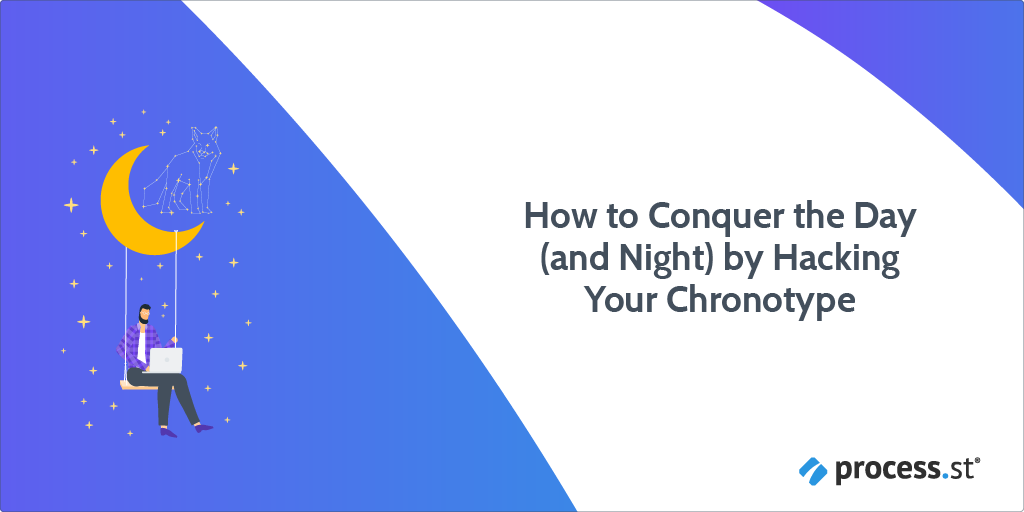
In the Before Time (read: before coronavirus struck and remote work became more commonplace) there were four types of people on the morning commute.
First, there was the person falling asleep in their seat – most likely one of the 15% of Americans who doze off while at work. Second, there’s the one working on their laptop while drinking their fourth cup of coffee of the day. Then there’s the person who’s listening to music or reading a book, conserving their productivity for the office. Last but not least, there’s the individual who’s working one minute but snoring the next.
These people are wolves, lions, bears, and dolphins respectively.
Not sure what the hell I’m talking about?
Then you haven’t heard of chronotypes.
Luckily for you, in this Process Street post I’ll be exploring what a chronotype is, the 4 different sleep chronotypes, and how to find and hack your chronotype for maximal productivity.
Just read through these sections to get completed clued-up:
- The chronotype definition
- Bear, wolf, lion, and dolphin: The four chronotypes
- The benefits of identifying your sleep chronotype
- How to find your chronotype
- How to hack and make the most of your chronotype!
Time’s ticking, so let’s dive in!
The chronotype definition
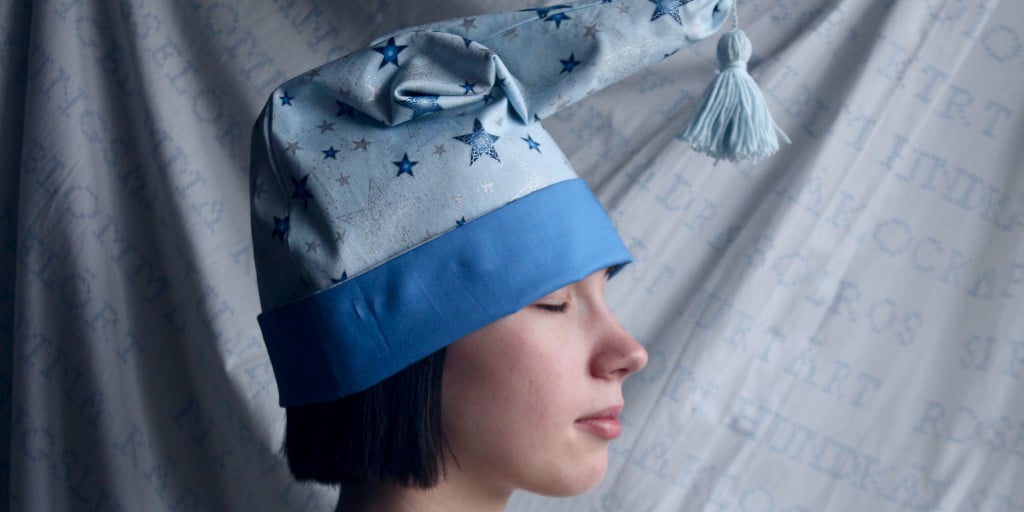
A chronotype is the categorization of a person’s genetic tendency to sleep.
Getting into the science behind it, each person has a circadian typology — or internal clock — that either makes them a morning person, an evening person, or neither.
These chronotypes can then be broken-down — most notably by Dr. Michael Breus — into the following four sleep chronotypes:
- The bear chronotype
- The wolf chronotype
- The lion chronotype
- And the dolphin chronotype.
By understanding which category you fall into, you can then align our sleeping, eating, and working habits accordingly, ensuring you’re going about each day and night in a more efficient, effective manner.
Due to underlying biological and genetic factors, each person’s chronotype is hardcoded. This means you can’t physically change or alter your chronotype as it’s determined by the PER3 gene.
However, factors such as age may influence chronotypes. For instance, older people are generally-speaking morning people, while in their youth they may have been late risers akin to the wolf chronotype.
Now, how do chronotypes figure into work and the workplace?
Chronotypes, work, and the workplace
The norm of 9-5 office working is restrictive.
By asking employees to work inside an office for a set 8 hours from Monday to Friday, not only are you barring team members from tapping into true productivity, but you’re also losing money in the process.
A pandemic wasn’t necessary to demonstrate this, though: It was common knowledge before the novel coronavirus.
Take this example of changes made inside a German factory, reported by the New York Times in 2018:
“A few years ago, scientists conducted a real-world experiment at a ThyssenKrupp steel factory in Germany. They assigned the day shift to early risers and the late shift to night owls.
“They got 16 percent more sleep, almost a full night’s length over the course of the week,” said Till Roenneberg, a chronobiologist at Ludwig-Maximilian University in Munich, who headed the study. “That is enormous.”
“It’s a huge financial burden not to sleep properly,” Dr. Roenneberg said. “The estimates go toward 1 percent of gross national product,” both in the United States and Germany.” – Emily Laber-Warren, New Office Hours Aim for Well Rested, More Productive Workers
The huge financial burden, as Dr. Roenneberg put it, is because sleep is inextricably linked to productivity.
Over 4,000 U.S. employees were surveyed and examined in an eye-opening (pun intended) study titled The Cost of Poor Sleep: Workplace Productivity Loss and Associated Costs, carried out back in 2010.
After gathering all the necessary quantitative data, the researchers found that fatigue-related productivity losses were around $1,967 per employee every year. Considering the CDC discovered 1 in 3 adults in the U.S. aren’t getting enough sleep (7+ hours), that’s a dispiriting sum of cash each business is throwing down the drain — if workers’ chronotypes aren’t aligned with work schedules, that is.
Due to the realization that daily schedules should align with chronotypes, it’s not only businesses taking heed. It’s institutions for education, too.
The state of California passed a bill in 2019 declaring that, by 2022, high schools can’t begin earlier than 8.30 am. This is so the school day lines up with the wolf chronotype better — the chronotype for late sleepers and late wakers.
Speaking of which, it’s high time I got into the nitty-gritty of all the chronotypes, their history, and what they mean.
Bear, wolf, lion, and dolphin: The four chronotypes
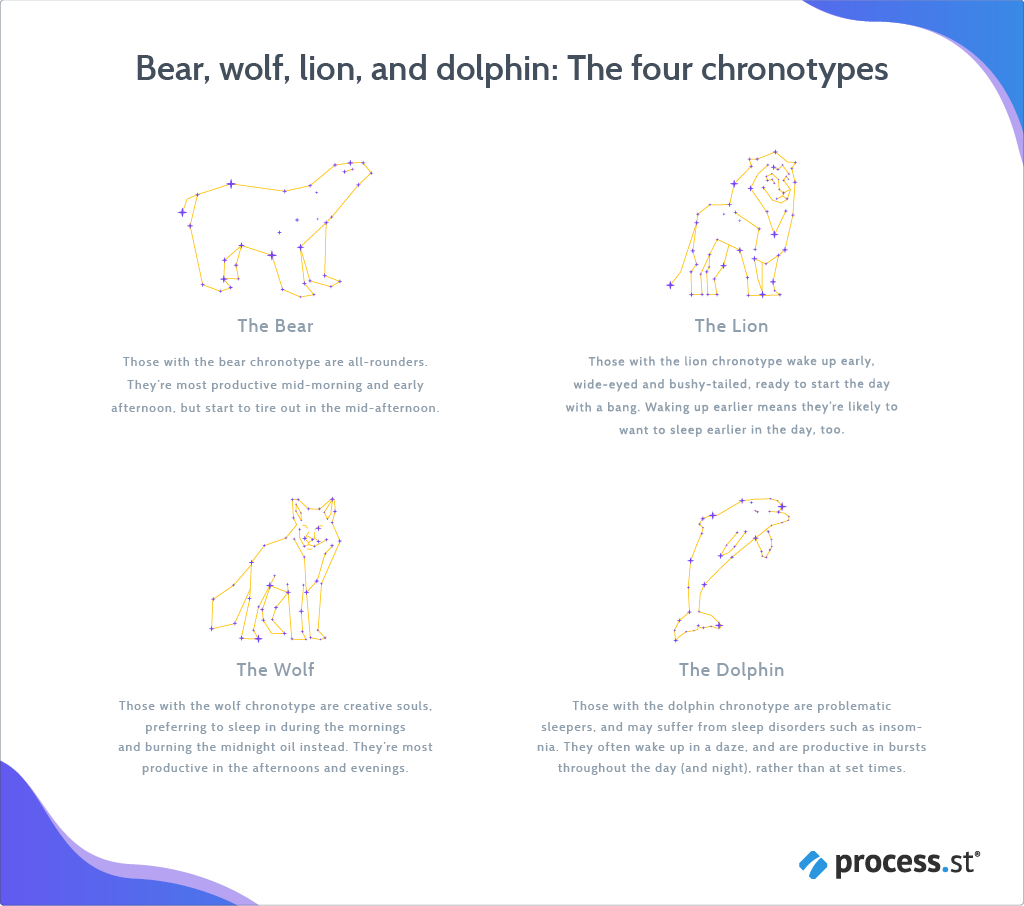
Chronotypes have been around since human life began.
But it wasn’t until the 1970s that sleep researchers studied chronotypes seriously, with Sweden’s Olov Östberg being one of the first in the field. Östberg was the creator of the Morningness-Eveningness Questionnaire (MEQ), which is one of the questionnaires that doctors use when being visited by patients for some sleep-related matters.
Another quiz is the Munich Chronotype Questionnaire (MCTQ), developed by Germany’s Till Roenneberg, whose name you might recognize from the earlier New York Times quote.
However, these two questionnaires and their results can only be made sense of by trained professionals, so they don’t work on a self-assessment basis without any prior knowledge.
It’s the sleep aficionado Dr. Michael Breus who made chronotype self-assessment more accessible, and is also the brains behind the modern classification of the four chronotypes.
Dr. Breus is a Ph.D.-holding clinical psychologist. He’s also a Fellow of The American Academy of Sleep Medicine, and a Diplomate of the American Board of Sleep Medicine. To boot, he’s the author of The Power of When and The Sleep Doctor’s Diet Plan.
Suffice to say, he knows his stuff when it comes to all things related to sleep.
Thanks to his classification of the four chronotypes, it makes understanding them and uncovering which chronotypes you are far, far easier. (Plus, let’s not beat around the bush: It’s pretty cool to be able to say “yeah, I’m a bear/wolf/lion/dolphin!”).
Here are the four chronotypes in detail.
Sleep chronotype #1: The bear chronotype
First up is the chronotype that’s applicable for most (around 55%) humans: The bear chronotype.
Those with the bear chronotype have sleep cycles that work with the rising and setting of the sun. Accordingly, they’ll fall asleep at a regular time (between 10.30 – 11.30 pm), and wake up at a reasonable time in the morning (around 7 am).
What’s particularly interesting is thinking about what’s known as the ‘afternoon slump’ in relation to the bear chronotype.
If you’ve got people in your team who start flagging at around 2 or 3 pm, that’s most likely because they’re bear chronotypes, as this is when they start to grow tired.
Those with bear chronotypes, then, need to dedicate mornings and early afternoons to their most important workflows, as that’s when they’re most alert. Getting a good 8 hours (or more) of sleep means those with the bear chronotype can complete their important, recurring tasks to the best of their ability each day.
Sleep chronotype #2: The wolf chronotype
Not to confuse animals here, but those with the wolf chronotype are night owls; they prefer late nights and late mornings.
Full disclosure: I myself have the wolf chronotype.
As a remote worker (Process Street, like Automattic, Buffer, and Basecamp, is and always has been a remote-first organization), I have the privilege of flexibility, enabling me to create a work schedule that aligns with my chronotype as long as all my virtual meetings are attended and my deadlines met.
Here’s what my day-to-day schedule looks like as a wolf chronotype:
- Get up at 9 am
- Start work at 10 am
- Focus on most-important (primary) tasks for 4 hours
- Have lunch at 2 pm
- Get back to work at 2.45 pm
- Focus on smaller (secondary) tasks for another 4 hours
- Have dinner around 8 pm
- Go to bed around 12 am
Seeing as those with the wolf chronotype have trouble waking up in the morning and prefer to start (and finish) work later in the day, my schedule is fairly early for the wolf chronotype. Some wake up an hour, two hours, or even three hours later. That’s because there are hybrids of each chronotype, meaning there is an early and a late variation of each chronotype.
But that doesn’t mean late wolves are more or less productive.
It just means that’s what their body wants — or rather needs — to do. By not fighting back and listening to our bodies, we can then do better work (and faster) when compared to colleagues whose schedules don’t align with their chronotype.
Reddit co-founder Alexis Ohanian — as well as Aaron Levie, the CEO of Box — both have the wolf chronotype, meaning they hit the sack in the small hours and wake up later in the mornings.
“Aaron Levie, the CEO of enterprise cloud company Box, goes to sleep at 3 a.m. and wakes up no earlier than 10 a.m. His morning routine may sound familiar regardless of chronotype. “I know this is not a best practice, but I read email. I’m in bed for 30 minutes swiping, replying, and deleting.”
Reddit co-founder and husband of Serena Williams, Alexis Ohanian, has similar sleeping habits and rises at 10 a.m. as well. He does, however, limit screen time as he goes to bed. “I try not to have the computer in the bedroom. I used to sleep with it, though. I used to wake up spooning my laptop”, he told Fast Company.” – Pavithra Mohan, You don’t have to get up at 4 a.m. to be successful: 5 CEOs who wake up after 10 a.m.
I’m not saying I’m on Ohanian’s nor Levie’s level by any means, but I feel I’ve certainly created some of my best Process Street business blog posts (and associated templates) when working later hours, in accordance with my chronotype. Check out How to Take Back Control of Your Work (& Life) With Digital Minimalism and Business Process Optimization: How to Improve Workflows Like a Pro (Free Templates!) to understand what I mean.
If you’re a wolf too, the most productive and alert you’ll be will depend on when, exactly, you get up. But early afternoon and the evenings are usually the best times to get good work done.
Sleep chronotype #3: The lion chronotype
Ahh, the lion chronotype.
The lion chronotype is to the wolf what the sun is to the moon. Meaning, while the wolf is a late riser, the lion is an early riser. They’re up at the crack of dawn (or sometimes even before the sun rises), brimming with energy and ready to get going.
Due to waking up early, that means those with the lion chronotype are most productive and alert during the morning, up until around lunchtime. While lions can of course do stellar work after lunch, they’re not at their peak.
When late afternoon hits they start to fizzle out, causing people with the lion chronotype to go to bed slightly earlier than the bear and far earlier than the wolf.
It’s hard to say whether influential Big Tech names — such as Jack Dorsey and Tim Cook — have the lion chronotype, or whether they’re simply trying to cram as much into each day as possible by waking up at around 5 am.
Sleep chronotype #4: The dolphin chronotype
Haven’t come across a chronotype you relate to yet?
That might be because you’re a dolphin.
Those with the dolphin chronotype, unfortunately, have it the worst out of the bunch when it comes to sleep. They’re light and/or problematic sleepers, who may suffer from sleep disorders such as insomnia. And because they’re either prone to external disturbances or their sleep disorder makes it tricky to sustain a healthy amount of sleep, their daily and nightly routines aren’t as set as the other three chronotypes.
The good news, however, is that dolphins are productive in bursts each day.
That bad news is that dolphins don’t get enough sleep, so they’re often tired at multiple points throughout the day, too.
There you have it!
The four sleep chronotypes, how they function, and when each chronotype is most alert and productive.
If now’s the point where you’re thinking “This all seems interesting, but why I should identify my own chronotype?”, I’ll answer that in the very next section. ⬇️
The benefits of identifying your sleep chronotype

Every single one of us is in possession of one of four chronotypes.
But because most of us don’t know about chronotypes or aren’t working alongside ours properly, any benefits of those chronotypes are canceled out. In fact, by running counter to our chronotypes and what our bodies need, not only are we not as productive at work, but other aspects of our lives, such as our social lives, are negatively impacted.
Needless to say, if you’re looking to level up as a human being, start by identifying your chronotype.
By identifying your chronotype and then hacking your routine, you’ll open yourself up to the following advantages:
- Gets you the necessary amount of rest at night.
- Helps you eat at the optimal times.
- Provides insight that makes you better at your profession.
- Enables you to make the right decision at the right time.
Earlier, I discussed sleep’s relation to work, and how humans need to get over 7 hours of sleep to not have tiredness diminish our productivity. Handily, by knowing your chronotype, you’ll also know exactly when’s best to get those 7/8+ hours. For instance, if a wolf has the flexibility to have a non-traditional work schedule, they needn’t keep up the 9-5 facade simply because it’s what many others are doing. They can sleep from 1 am until 10 am, knowing that’s the best time to sleep and thus allows them to work during their optimal productivity hours.
Speaking of optimal, once you understand what your chronotype is and when the best time is to sleep, you can plan meals accordingly. Let’s say you’re a lion, which means you’re an earlier riser and an early sleeper. Having a late dinner at 9 pm will wreak havoc if you’re planning to go to bed at 10 or 10.30 pm. Food and sleep are interlinked, meaning food intake close to the sleep period can and will negatively impact your quality of sleep. Thankfully, this can be avoided after you’ve figured out your chronotype, helping you to space meals out appropriately.
Understanding chronotypes allow you to optimize your sleeping patterns, thereby optimizing how you spend your waking hours, too. For example, let’s say you’re a lion chronotype and a partnership manager who’s working with another brand, trying to get them to work with your company. By knowing that you’re extremely capable of good, solid work in the morning, you can try and set up an initial meeting with the other brand in the morning, where you’ll be at the top of your game. An early evening meeting may not be as fruitful, due to your body, mind, and motivation at work not being at its highest peak so late in the day. Here’s to being a pro at your profession.
Ever wondered what the difference is between making good decisions and bad ones? Mood certainly plays a part, as does stress and tiredness. In fact, scientists have uncovered a strong link between our circadian rhythms and decision-making, meaning there are certain times of day when you should make all-important decisions, and times where you shouldn’t (dependent on your chronotype, of course). If you know your chronotype and work with it, you can make the right decisions at the right times. Always.
A nifty list of benefits, huh?
All these benefits help you bring your A-game to every part of your life, especially work. But how can you find out your chronotype, exactly?
Read on!
How to find your chronotype
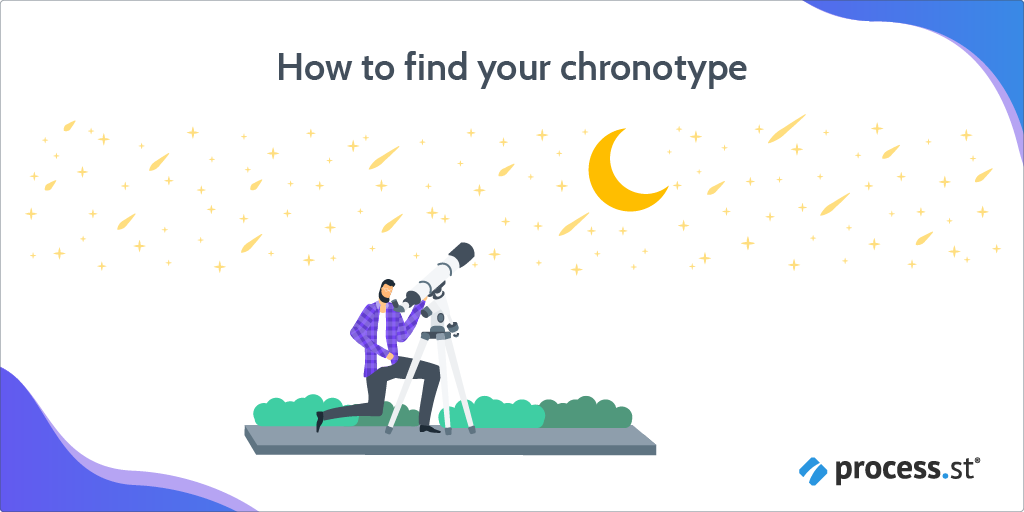
Thankfully, discovering your chronotype is by no means a hard task. (No stargazing required.)
All it takes is a quick Google search with terms such as ‘how to find your chronotype’, ‘how to find my chronotype’, or ‘what’s my chronotype’ to bring up the site you want to visit — Dr. Michael Breus’ thepowerofwhenquiz.com.
The Power of When’s quiz is a simple self-assessment questionnaire, with around 20 easy-to-answer questions in total and 3 options to choose from per question.
After answering all the required questions honestly, you’re presented with a helpful video presentation from Dr. Breus himself, explaining what your chronotype means in more detail.
Here’s the video I got after completing my self-assessment quiz:
To boot, you’ll get a series of emails with more information, too.
Now, if you aren’t a believer in self-assessment quizzes (perhaps it seems a little too similar to Buzzfeed for your taste), going to a qualified sleep psychologist or doctor can help you understand what your chronotype is, and best practices for making, well, the best of it!
To figure out your chronotype, they’ll most likely present you with the aforementioned Morningness-Eveningness Questionnaire (MEQ) and/or the Munich Chronotype Questionnaire (MCTQ).
Whichever route you want to take to find out your chronotype is your choice.
How to hack and make the most of your chronotype!
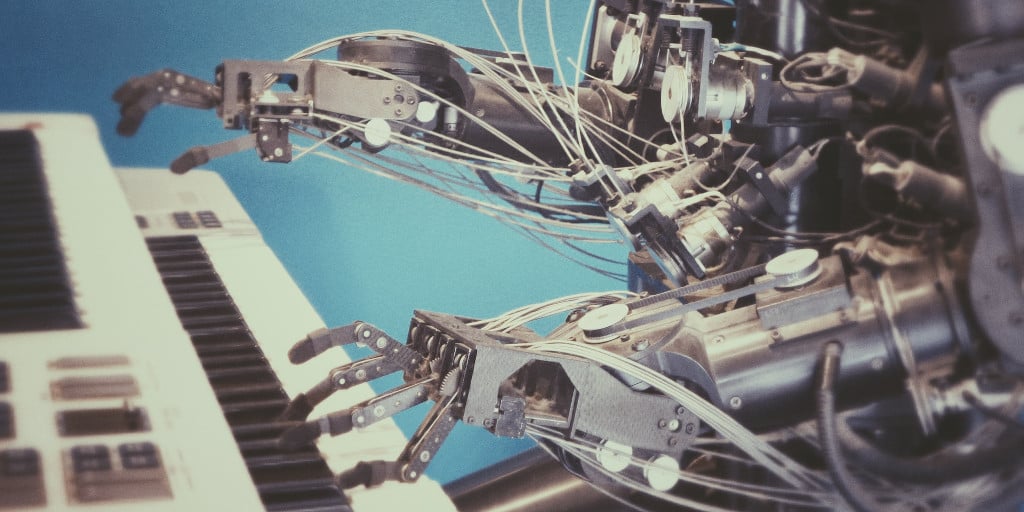
After discovering your chronotype, you’ll want to make the necessary changes to hack your chronotype properly. Similarly, if you’re a team leader who’s receptive to the business-wide benefits of aligning team members’ work schedules with chronotypes, there’ll be some significant shifts that need to happen.
For those shifts and changes to be as painless as possible, follow these 5 pieces of advice.
Hacking your chronotype tip #1: Set up and conquer your new schedule with checklists
To call a checklist humble would be to underestimate the checklist’s power.
When used properly, it’s a fierce tool that can help you not only set up your chronotype-aligned work schedule correctly, but it can also help you complete recurring tasks to high standards. Plus, it’ll help you stay motivated. There’s an odd sense of satisfaction when ticking tasks off (especially the tougher ones) as complete.
Setting up a daily work schedule that fits with your new, well, schedule, is super simple with these premade checklist templates:
- Daily Schedule Template
- Remote Daily Work Schedule Checklist Template
- Daily Work Schedule Checklist Template for Editor Tasks
In fact, here’s how one of Process Street’s editors stays on top of his chronotype-aligned daily routine with checklists:
Hacking your chronotype tip #2: Prioritize self-care with Aloe Bud
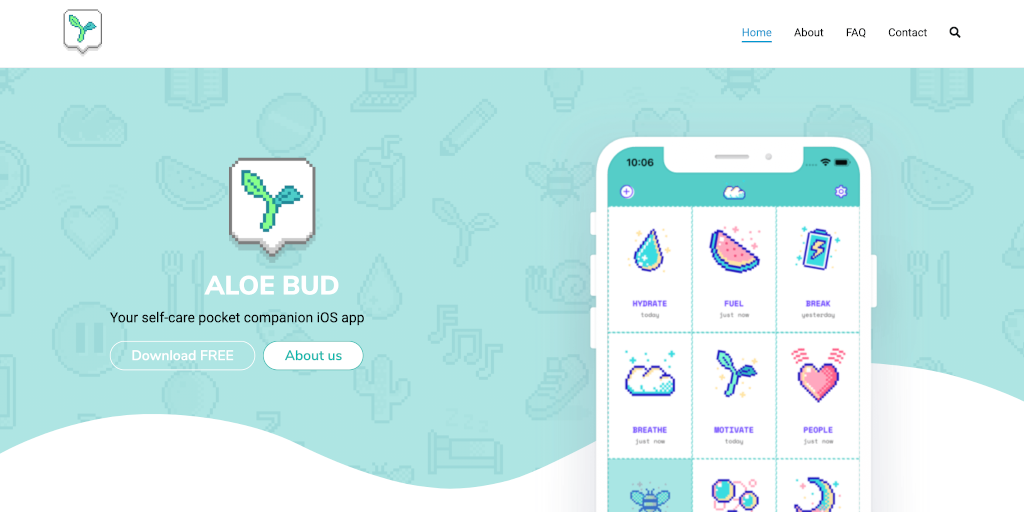
In a way, identifying and working with your chronotype is a form of self-care. You’re nourishing the body and giving it what it naturally needs, thereby improving all the other aspects of your life (and most directly, your professional life).
However, more needs to be done to be and remain happy, healthy, and productive.
Being the wolf chronotype, I often forgot to get the required sustenance I needed. That’s because my sleep schedule bypasses the traditional time for breakfast, and I’d simply forget to eat. This has led to numerous headaches and days where I had low energy, causing me to bow out from work earlier than intended.
But by using the Aloe Bud iOS app — which is a self-care pocket companion, reminding me to take breaks, hydrate, eat, move, and rest — I’m able to set self-care reminders during times that align with my chronotype’s optimized work schedule.
It’s not just wolves who could benefit from an app like Aloe Bud, though — all chronotypes could. For instance, seeing as lions get up at or before daybreak, Aloe Bud could help curb them from drinking just so much coffee in the mornings via tracking!
Hacking your chronotype tip #3: Ensure you’re sleeping at the right time with Sleep
Sleep is notorious for being fickle and elusive.
Some days, you’ll be out like a light. Others, it’ll feel like hours have passed until you’ve been able to nod off.
No matter if you’re a wolf, lion, bear, or dolphin, you’ll need to stick to a regular sleep schedule to make the most of your chronotype. Completing checklists that align with your work schedule and using Aloe Bud certainly helps, but what about those nights when it’s difficult to drift off?
Pro tip: Sleep.
No, I’m not telling you to sleep if you’re finding it hard to sleep — use the Sleep app!
With soothing stories, environmental sounds, and meditations, sticking to your chronotype’s optimal sleep schedule has never been so easy thanks to Sleep.
Here’s one of their stories on Loch Ness which, for me, is located 3 hours up the road. It’s handy when I don’t want to drive to a loch just to get some shut-eye. (Which never happens; but you get my drift, I’m sure.)
Hacking your chronotype tip #4: Forego caffeine at certain times
One crucial aspect I was previously unaware of was that there are favorable times when each chronotype should drink caffeine (and when they shouldn’t).
This is because our bodies have a cortisol rhythm and a metabolic rhythm.
The cortisol rhythm is what brings us back to a conscious, alert state, so the best time to drink coffee is roughly 90 minutes after each chronotype’s optimal wake-up time.
Meanwhile, the metabolic rhythm informs you when to stop drinking caffeine. Seeing as caffeine has a half-life of 6-8 hours, the best time for me to drink coffee as a wolf is between 12 pm and 2 pm, which is when it’ll have the biggest impact but won’t interrupt my sleep cycles later on, either.
To learn when you should and shouldn’t drink coffee (and alcohol) according to your chronotype, watch Dr. Michael Breus’ video after taking his thepowerofwhenquiz.com questionnaire.
Or, for a quick roundup, check out this video:
Hacking your chronotype tip #5: Listen to your body!
While tech can certainly help you get to grips with and make the most of your chronotype, don’t forget to simply listen to your body.
Ensure you’re taking moments to be mindful of your body, what it wants, and what it needs (they’re two separate things, after all). There’ll be times when your body tells you it needs to be watered before the Aloe Bud notification comes in, for instance. But don’t worry: With the extra freedom and flexibility that’s gained from working and living in line with your chronotype, checking in with and listening to your body is a task that’s easily done.
Voila.
By reading through this post, you’ve learned what chronotypes are, the four different sleep chronotypes, how to find out your chronotype, and how to hack your chronotype for maximal output.
Here’s to making dreams happen.
Did you know your chronotype prior to reading this article? If so, have you made any changes in your daily (or nightly) life to better accommodate your chronotype? Let me know your thoughts and feelings by writing a comment below.







 Workflows
Workflows Forms
Forms Data Sets
Data Sets Pages
Pages Process AI
Process AI Automations
Automations Analytics
Analytics Apps
Apps Integrations
Integrations
 Property management
Property management
 Human resources
Human resources
 Customer management
Customer management
 Information technology
Information technology



Thom James Carter
Thom is one of Process Street’s content writers. He’s also contributed tech-related writing to The New Statesman, Insider, Atlassian, G2, The Content Marketing Institute, and more. Follow him on Twitter @thomjamescarter.